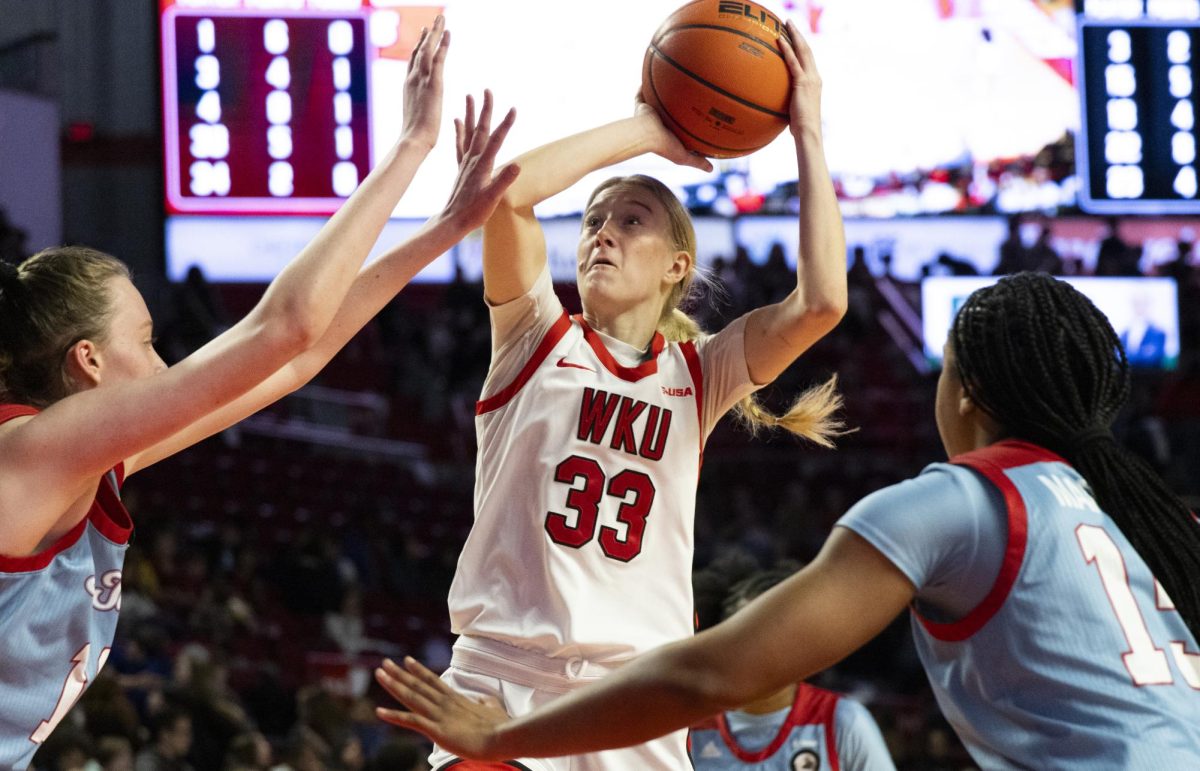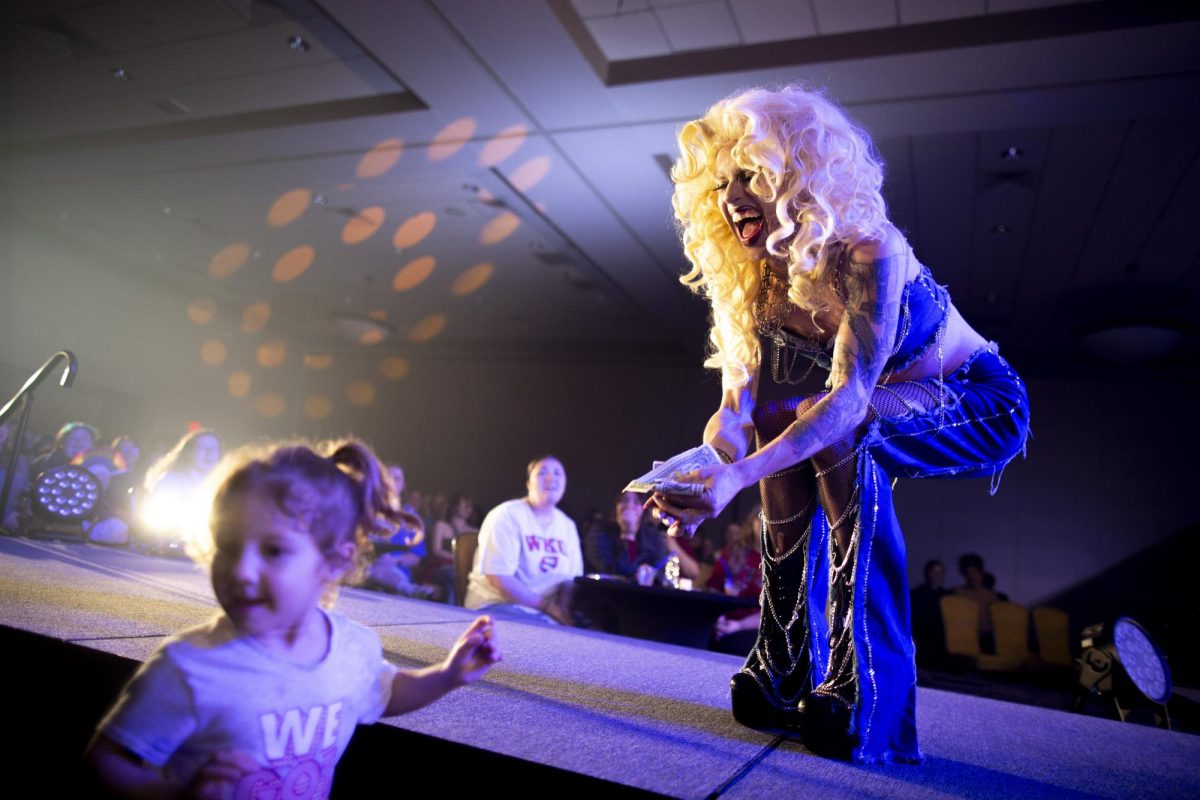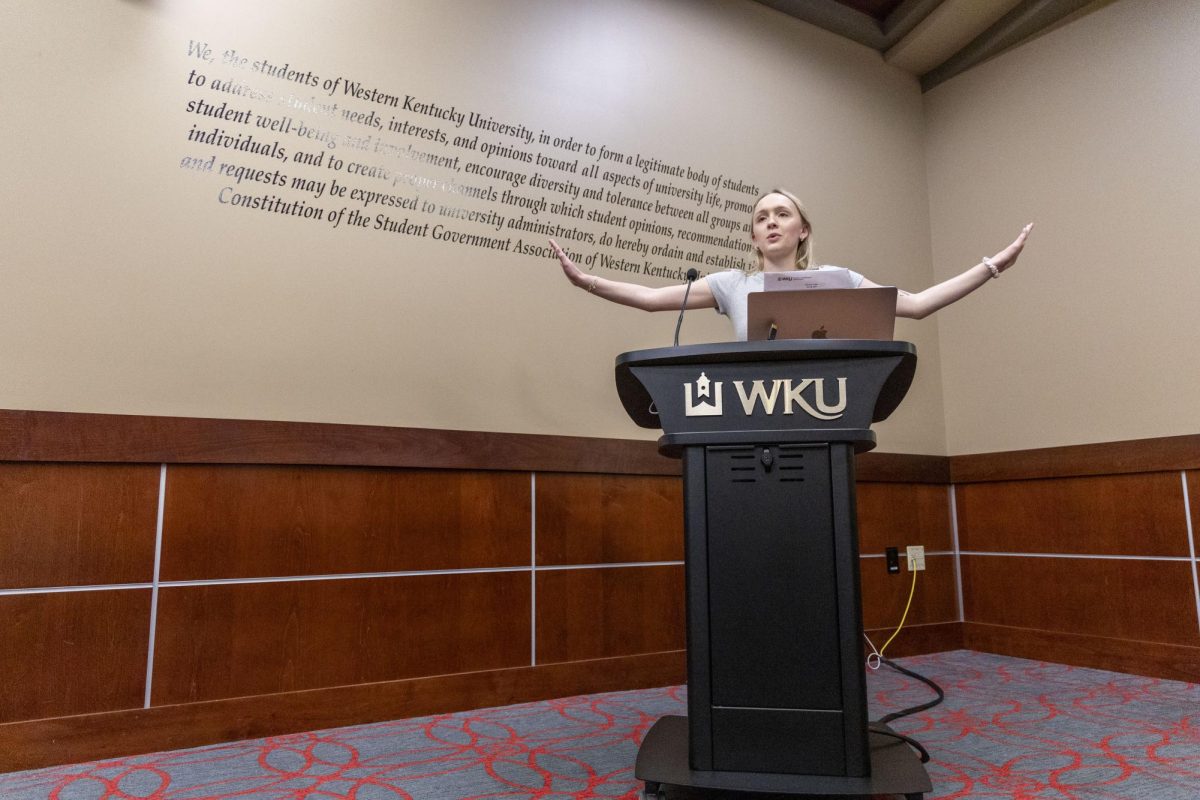Surgeries won’t be the end of Dalcourt’s story
September 28, 2010
It’s unknown as to when the book that tells Courtney Dalcourt’s story will begin, whether it be as a three-sport athlete at Franklin-Simpson High School or the biggest name in David Elson’s 2009 recruiting class.
Somewhere in the book, though, will be the chapter titled “Humbled” or “Depression” or “His Darkest Days.” That’s because the three-star recruit, who turned down offers from Louisville, Stanford and Georgia Tech — among others — has yet to see the field at WKU.
Two knee surgeries will do that.
“It was depressing at first,” Dalcourt said. “I had my low points as far as, ‘Why is this happening to me?’”
Dalcourt blew out the knee once in fall camp, missed the whole 2009 season and returned to the quarterback battle with new Head Coach Willie Taggart last spring. Then it happened again.
“It was a simple cut. Just a small cut — nothing too much,” he said. “It was the same buckling action as the first time.”
And what looked like a promising career in February of 2009 — when the Topper Club at Houchens-Smith Stadium buzzed in anticipation of a face for the Football Bowl Subdivision’s newest program — hasn’t progressed at all since the last time Dalcourt played football in November 2008. But Dalcourt, who can now be seen at football practices riding a stationary bike, staying loose on the sidelines and biding his time, has never given up on the game.
“Courtney and I talked about how he could make this some story,” Taggart said. “Not too many guys come back from two knee surgeries.”
Dalcourt doesn’t know another football player who’s come back from two knee surgeries. Among those he named as inspiration — Kentucky running back Derrick Locke and New England Patriots receiver Wes Welker — never were there two blown knees.
So Dalcourt’s return to the field, which could come as soon as October, will in fact make quite a story. Recruited as an athlete, Dalcourt was expected to play quarterback at WKU but has since switched to wide receiver.
“My time on my knee is definitely limited, is the way I thought about it,” Dalcourt said. “So I was like, whatever way I can get back to the field, I was going to do it.”
Anything to stop “spectating,” as he describes his current role as a Topper.
To ensure a return to full health, Dalcourt is running, working out five days a week and seeing a therapist for rehab. He says the knee is about 80 percent healthy now, but after coming back too fast from the first surgery, Dalcourt wants to be 110 percent strong.
Because the next chapter of Dalcourt’s book can’t be about surgery No. 3.
“I’m still trying to live the dream, and eventually I know I will,” Dalcourt said. “If this is the worst thing that happens in my life, I’ll be fine.”












